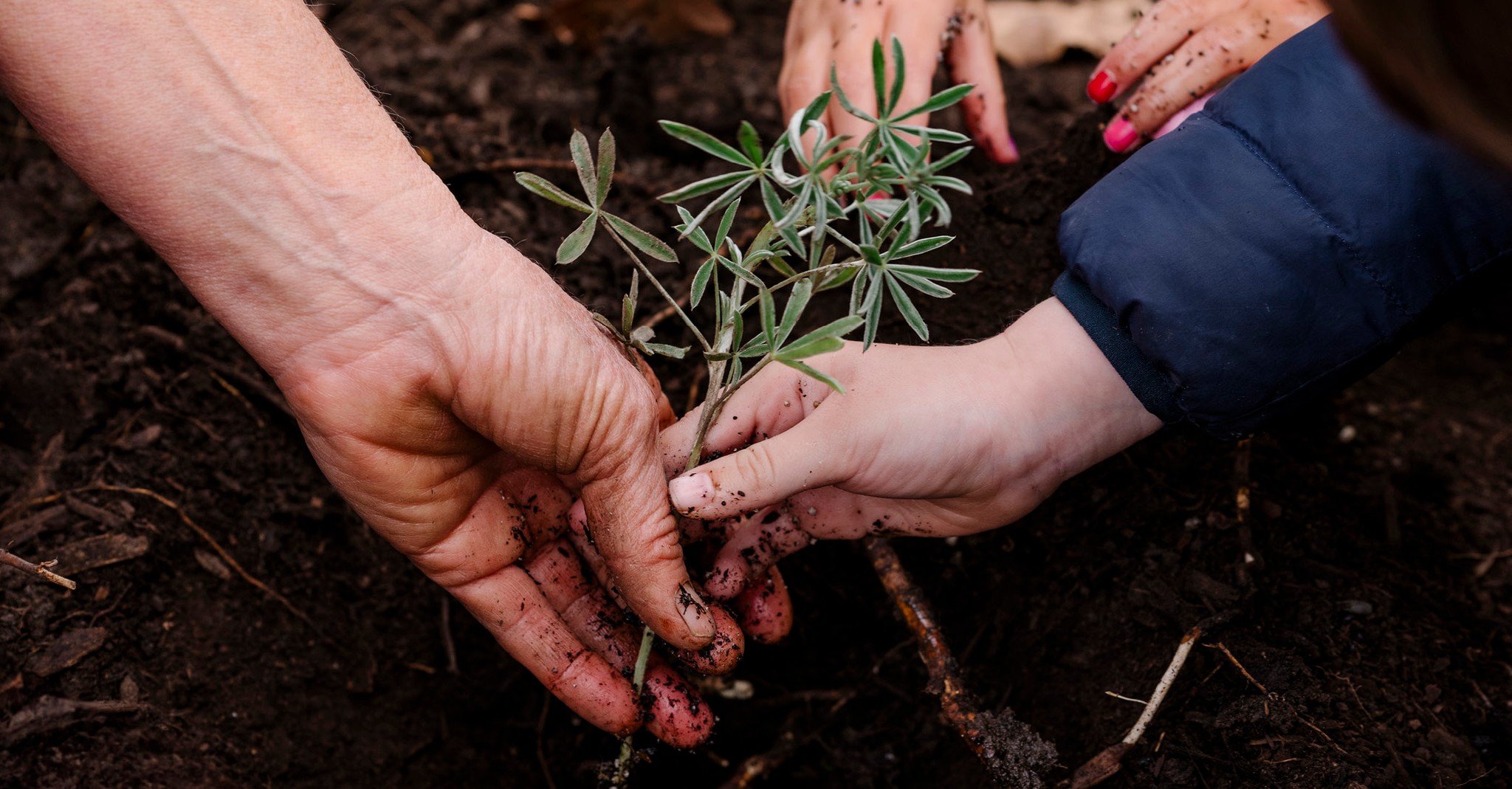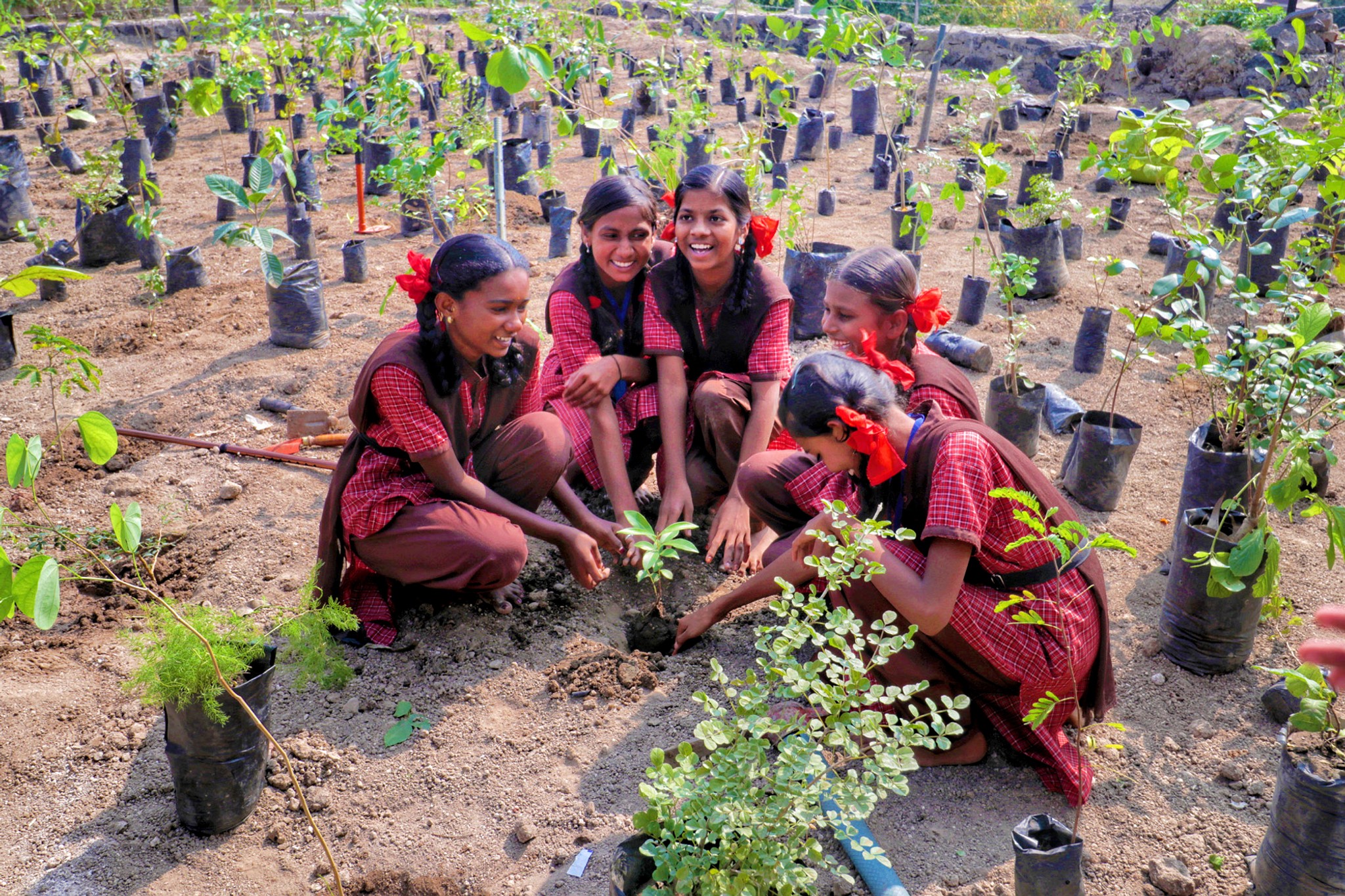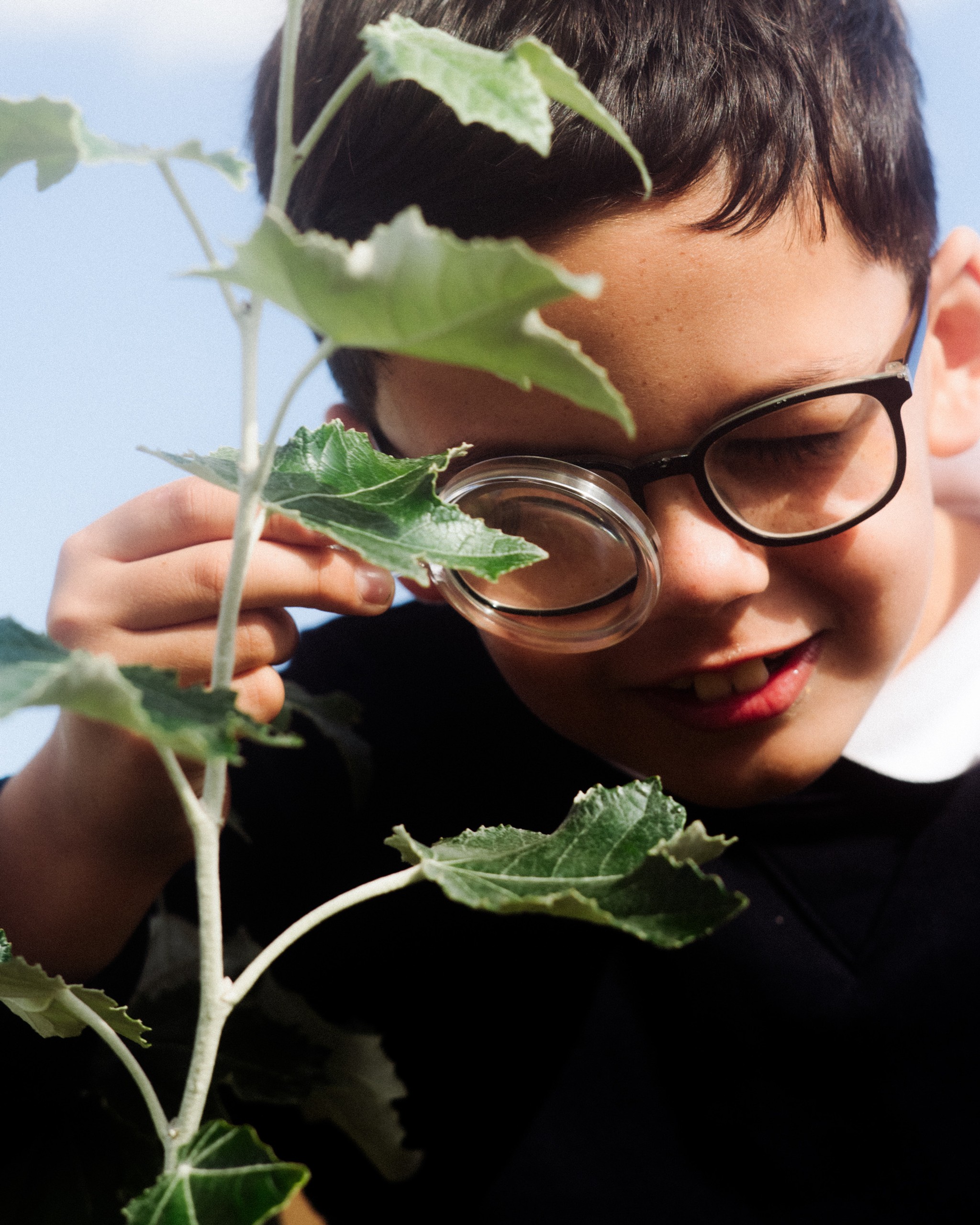Connection takes generations to grow

Low levels of connection to nature is passed down through families and culture, creating a lag effect, with disconnection persisting across generations. But there’s a window of hope.

If we create spaces of active, sensory engagement — where children can dig in the soil, smell wildflowers, and watch pollinators work — we can reverse the decline. By changing early education and urban spaces in the next 25 years, a restored connection to nature can become self-sustaining. That’s why we plant wild pockets of nature in cities. They don’t just restore biodiversity. They rebuild bonds.
Because when we plant a pocket forest, we’re not just growing trees. We’re growing generations of reconnection.











